REGULATION OF 24th OPEN VIRTUAL GPC
1. DATES AND TIMES
Registration and submission of photos: from 07/01/2021 to 08/05/2019 until 23:59h
Disclosure of results: 08/15/2021 at 12:00h
2. CONTACT
E-mail: contato@grupogpc.com.br
Internet: https://www.grupogpc.com.br
3. ORGANIZATION OF THE EVENT
3.1. THE ORGANIZING COMMITTEE
The Organizing Committee is the group of people responsible for the organization and execution of the 24th Open Virtual GPC for Plastic Modeling and is a sovereign entity during the event. Members of the Organizing Committee, in addition to their functions, may be part of the Judging Committee.
3.2. THE JUDGING COMMITTEE
The Judging Committee is the group of people responsible for evaluating and ranking the models registered within their respective levels, modalities and categories, granting them 1st, 2nd and 3rd place prizes and Specific Prizes.
The Judging Committee:
3.2.1. It will be nominated by the Organizing Committee of the 24th Open Virtual GPC for Plastic Modeling.
3.2.2. Although all model makers participating in the Plastic Modeling event are entitled to request clarification regarding the judgment carried out, the decision of the Judging Committee is sovereign and cannot be questioned.
4. THE JUDGMENT
4.1. THE JUDGMENT CRITERIA
The Judging Committee will adopt the general criteria practiced by the International Plastic Modelers Society (IPMS) as parameters for evaluating the models entered.
4.1.1 Firstly, items such as alignment, collage, massaging, sanding, transparencies, paint quality, decals, detailing, corrections and/or alterations will be observed. Historical adequacy, general appearance of the model and creativity will be considered as tie-breaking criteria. For Dioramas, the composition of the scene from an artistic and historical point of view will be additionally analyzed, as well as the quality of execution, the realism obtained and the creativity of the theme.
4.1.2 It is recommended that, for models that present a composition that is very different from historical standards, documentary evidence (research) be attached, thus avoiding mistakes in the process of judging and unfairly disqualifying the model.
4.2. GROUPINGS: MODALITY, CATEGORY
To carry out the judgment, the models are divided into two levels of groups: modality and category.
4.2.1 MODALITY: The Modality encompasses the basic characteristics of each model, being an element of initial grouping, organization and division of the models registered in the 24th Open Virtual GPC of Plastic Modeling. It consists of its elementary characteristics and are 7 in number, as shown below:
4.2.1.1.Autos (AT): Automotive vehicles for civil use for transporting people and/or goods and that move mainly on land. This modality includes passenger cars, SUVs, competition cars, motorcycles, etc. Vehicles that move on tracks or rails such as tractors and trains are also included in this modality. Fictional vehicles are excluded from this modality and must be included in Fiction (see definition below).
4.2.1.2.Aviation (AV): Vehicles for civil or military purposes that sustain themselves in the air by their own means. Included in this modality are transport planes, passenger planes, fighter planes, experimental planes, hovercrafts, balloons, airships, flying bombs (ex.: V-1, Snark, Tomahawk) and so on. Aircraft operating above the atmosphere (spacecraft), missiles and fictional aircraft are excluded from this category. In that case they should be included in Fiction (see definition below).
4.2.1.3.Military (MI): Military apparatus for the use of ground troops. This modality includes all devices for non-personal use and that can be fixed or moved on the ground, such as vehicles for transporting troops, combat vehicles, cannons, etc. Missiles are also included as long as the transport vehicle is a significant portion of the model (eg SCUD, Patriot etc).
4.2.1.4.Figures (FG): Models that represent a person, figure, entity or personality, whether real or fictional. Included in this modality are models that represent people, historical or not, fictional or real, characters, animals, people wearing semi-autonomous costumes (ex.: exoskeleton), androids, esoteric entities (ex.: ghosts and related), mythological entities, virtual characters, such as cartoons and game heroes, etc. Figures are considered to be full-body or partial (busts) models that may or may not be accompanied by a scenario. Replicas of personal use devices such as revolvers, swords and shields will also be considered as figures. Dioramas are excluded from this modality (see definition 5.2.2.7 of dioramas below) which must be assigned the Diorama modality (DI).
4.2.1.5.Fiction and Astronautics (FI): Models that represent a creation of the imagination as a fabulous invention or something fantastic. Models of objects and real astronautics vehicles (satellites, rockets, space shuttles, etc) will also be considered in this category. Included in this modality are all fictional or astronautical vehicles, including piloted robots (ex.: Mechas and similar). Fiction, dioramas or vignettes are also considered (see definition of dioramas and vignettes below), whose theme is fiction or astronautics. Also included in this category are military or civil missiles as long as they are not launched from a vehicle (eg V-2, Saturn, Atlas). Excluded from this modality, as an exception to the previously defined, models of fiction or astronautics that represent a person, figure, entity, personality or that can be clearly defined as a figure, according to its definition. In this case, such models must be framed in the figures modality (FG).
4.2.1.6. Nautical (NA): Any civil or military device that uses water from rivers, lakes, seas and oceans as a means of locomotion, both on its surface and submerged. All types of boats, ships, submarines, oil platforms, etc. are eligible for this modality.
4.2.1.7. Dioramas (DI): It must always characterize action, tell a believable story, represent an environment, with a number equal to or greater than four figures, containing vehicle(s), aircraft(s), boat(s), etc. . Its base or frame can be modeled, made or carved in any material. The scene featured in the diorama will be judged primarily by the richness and quality of detail, dramatization, story quality and artistic balance of its technical components.
4.2.2.CATEGORY: It is the final grouping to which the registered model will belong, that is, the detailed specification of the set of characteristics of the models that will be competing with each other. In the act of registration, it should be highlighted in which category the model fits.
4.2.2.1. If you do not have the category, the pattern maker must indicate the modality that belongs to it.
4.2.2.2. In case of need, new categories can be created and models will be allocated to them.
Note: Further clarification regarding this regulation can be obtained in advance through the contacts indicated in item 3, or on the dates of the event, directly with the Organizing Committee.
4.3. DEFINITIONS USED IN CATEGORIES: SCRATCH
The judges, when defining the categories, may use the terms below to define a category (see item 6 for more details):
4.3.1.SCRATCH: Models that are not found in the form of kits, being handcrafted. For the purpose of judgment, only those composed mainly of plastic materials are considered, being constructed using the common construction techniques and materials of plastic models. Models constructed of other non-plastic materials (stone, cement, paper, wood, for example) will not be considered for judging purposes, except for metal figures.
5. CATEGORY OPENING PROCESS
The “Categories” processes will be used as criteria for grouping the models for evaluation purposes. The models will be categorized by common themes and judged by a comparative method. The responsibility for defining the theme of each category is solely and exclusively attributable to the judges, who are guided by the models presented, to find the fairest possible groups that were not included in the entries. In general, models will always be categorized by scale and theme, in that order. Only in extreme cases where there is no possibility of creating a single category, there can be scale unification. In such cases, the category “Unified Category” will be named.
6. THE THEMATIC CATEGORIES 2021
Thematic categories constitute a special prize, in addition to the regular prize. Models compete in the normal categories and, if they are eligible for the thematic categories, compete in them too. This year the thematic categories will be:
• AVIATION 1: P-47 Thunderbolt
• AVIATION 2: Mirage
• CIVIL AVIATION: BOEING 787
• ROTATING WINGS: Bell Family
• MILITARY 1: “Tanks, armor in general and other vehicles with British markings” – First and Second World Wars
• MILITARY 2: “Tanks, armor in general and other vehicles with British markings” – Modern Militaria
• AUTOS 1: Ford models between 1929 and 1934
• FILES 2: Niki Lauda – competition
• FICTION: Star Wars Wings (Movies and animation)
• DIORAMAS: Dioramas set in urban environments – Western Europe – 1939-1945
• NAVAL: Russian and Soviet submarines
• FIGURES: British Soldiers (20th and 21st Centuries)
7. AWARDS
7.1. The Awards conferred by the Judging Committee for the 24th Open Virtual GPC Plastic Modeling are described below, in descending order of importance:
• Best of Show
• 1st Place in the Category (Gold)
• 2nd Place in the Category (Silver)
• 3rd Place in the Category (Bronze)
7.2. The prize will be a virtual certificate.
7.3. The award will not be accumulated, for example the model that competes in the theme will not compete in its category.
7.4. Works that present visual quality, outstanding technique, exceptional originality or creativity for the level / modality / category and that eventually, due to the distribution of the models in their respective categories, are not awarded the standard award, may, under the sole discretion of the Judging Committee , receive recognition, as a Highlight.
8. USE OF THE IMAGE OF THE REGISTERED MODELS
8.1. Upon registration, the modeler authorizes the members of the Campinas Plastic Modeling Group to use the images of the registered models in the dissemination of the activities and events carried out by this group in their work to encourage the practice of plastic modeling as a hobby, with the proper citation of the pattern maker’s name.
8.2. The assignment of the image right will be given solely and exclusively for use in publicizing the events and activities of the group in printed or electronic format, any other type of use being prohibited.
9. REGISTRATIONS
9.1. ONLINE REGISTRATION FORM
9.1.1 Applications will be received on the GPC website via our online application form. The online registration system will go live on the event page on our website www.grupogpc.com.br on July 1, 2021 and will be available until 11:59 pm on August 5, 2021.
9.2. GENERAL RULES FOR REGISTRATION
9.2.1. Payment must be made by the registration deadline of 08/05/2021.
9.2.2. For model makers in Brazil, payment will be by PIX and for international ones will be made by PayPal.
9.2.3. After registration, the pattern maker will receive a confirmation email with payment details. After he makes the payment and your confirmation, the registration will be carried out and the photos will be available on the website.
9.2.4. When paying for the registration of their models in this event, the model makers fully comply with this regulation.
10. RATES
• Modelers residing in Brazil: R$ 5.00 free number of models
• Modelers residing outside Brazil: US$1.00 free number of models
11. SUBMISSION OF IMAGES
• A minimum of 5 and a maximum of 10 photos of the model must be sent
• The minimum 5 photos must be: From the front, from the right side, from the left side, from the back and from above
• The other photos will be of details that the pattern maker thinks should be shown;
• Preferably, the background of the photographs should be light or white
• The maximum size of each photo will be 200 dpi and the minimum 72 dpi.
Regulamento 2021 Open Virtual GPC_English
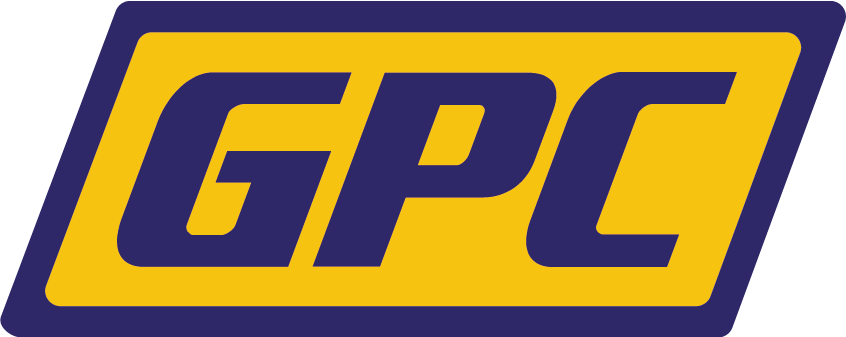
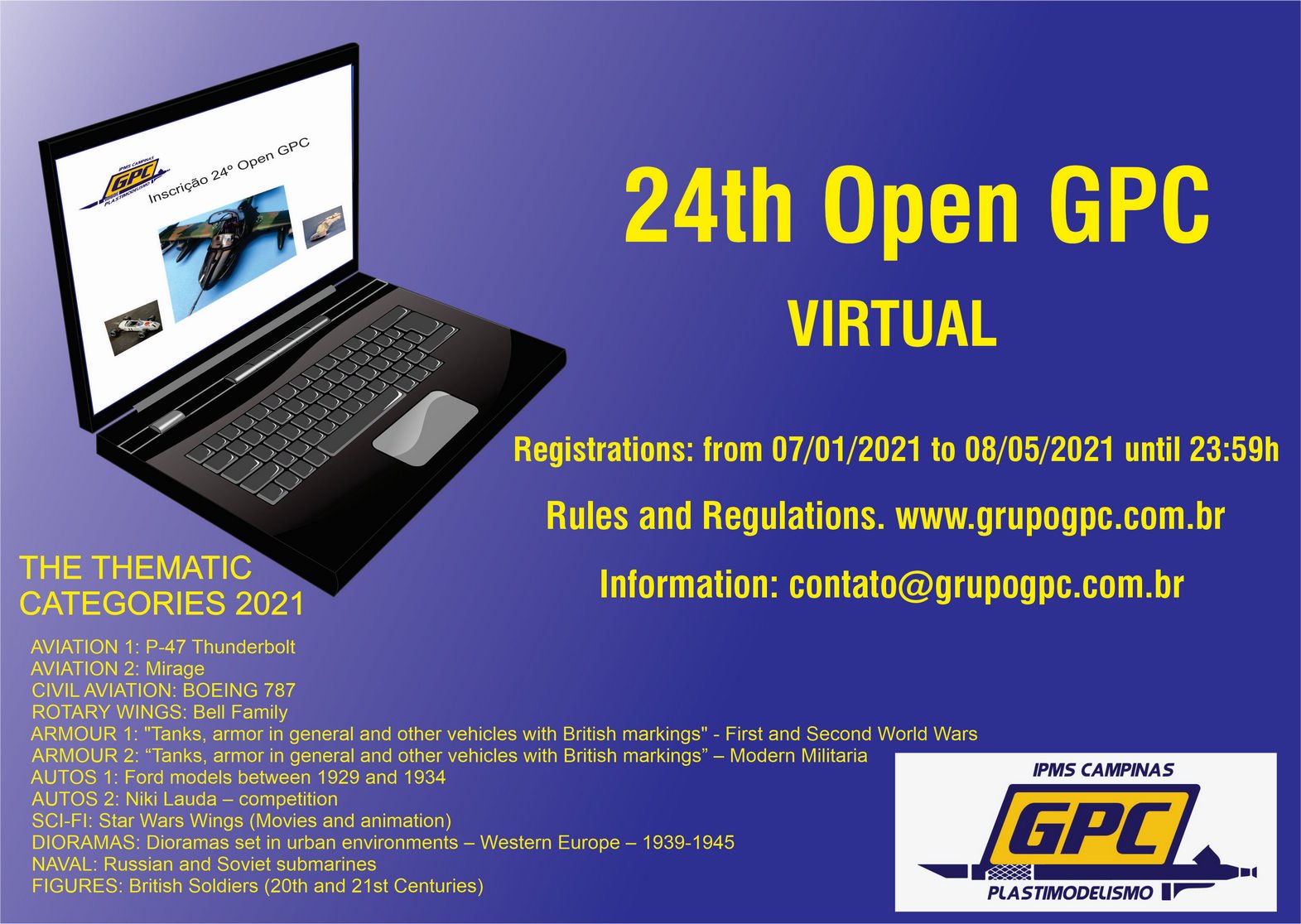
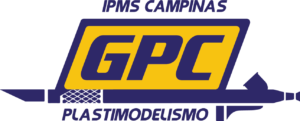
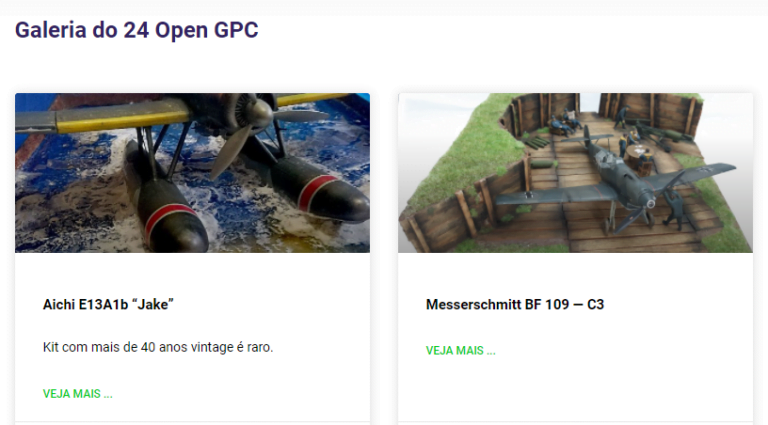
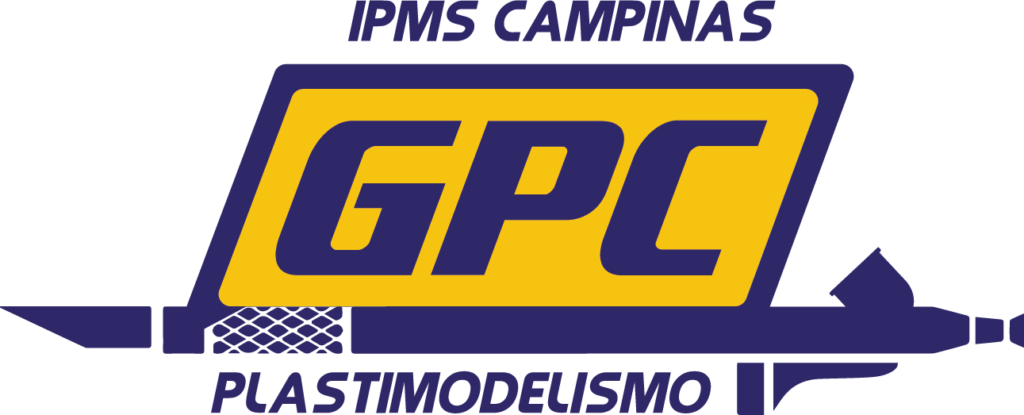
5 respostas
O item 7.3 se contrapõe ao item 6. As categorias temáticas 2021. Como fica a correção?
Paulo , o item 6 especifica as categorias temáticas, que são temas especiais enquanto que o item 7.3 diz que as premiações não serão cumulativas, ou seja, se você fizer a inscrição na temática não concorrerá nas premiações normais.
Nos eventos presenciais essas premiações são cumulativas
Hello, where would we have to submit the inscription payment
Paypal